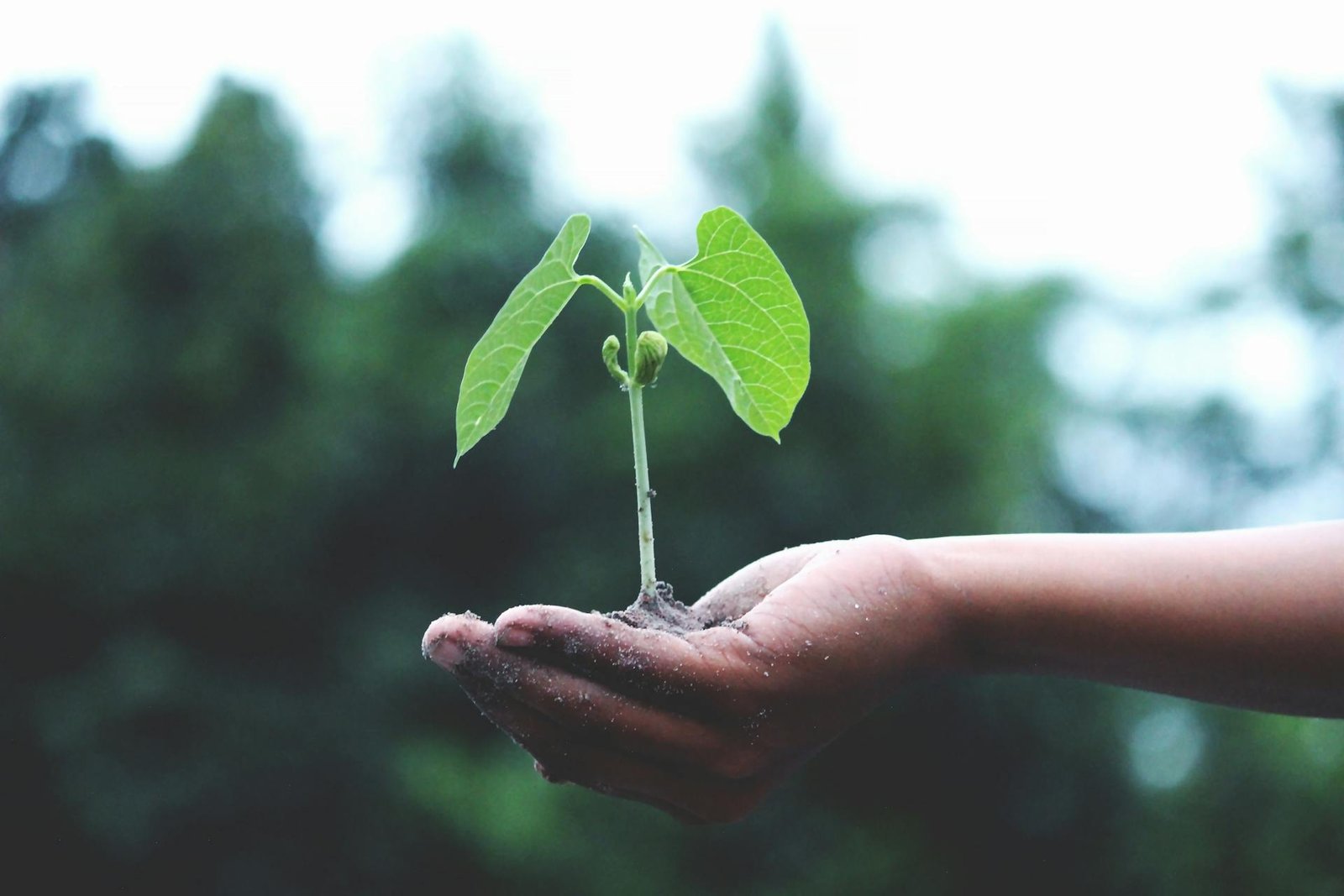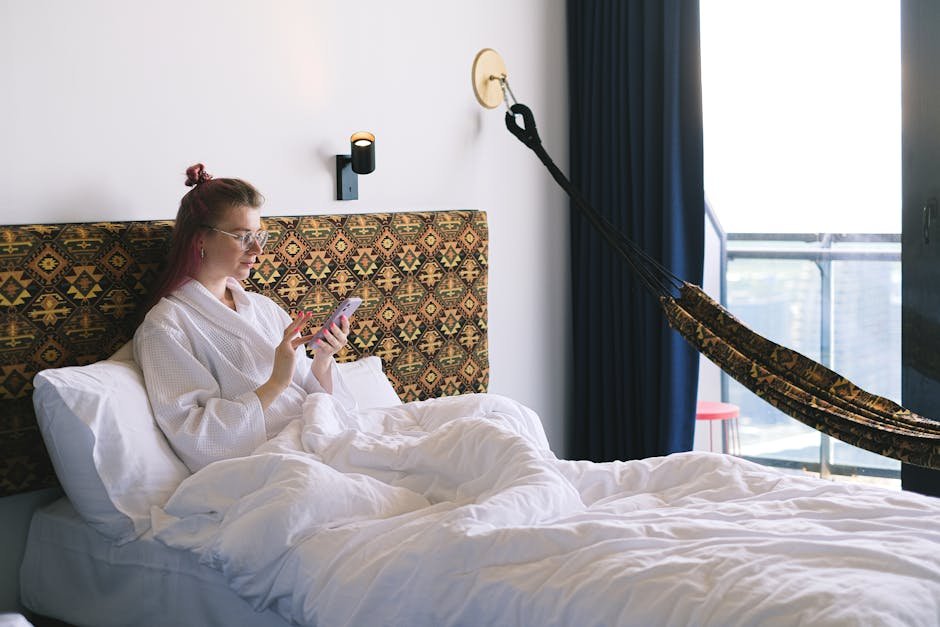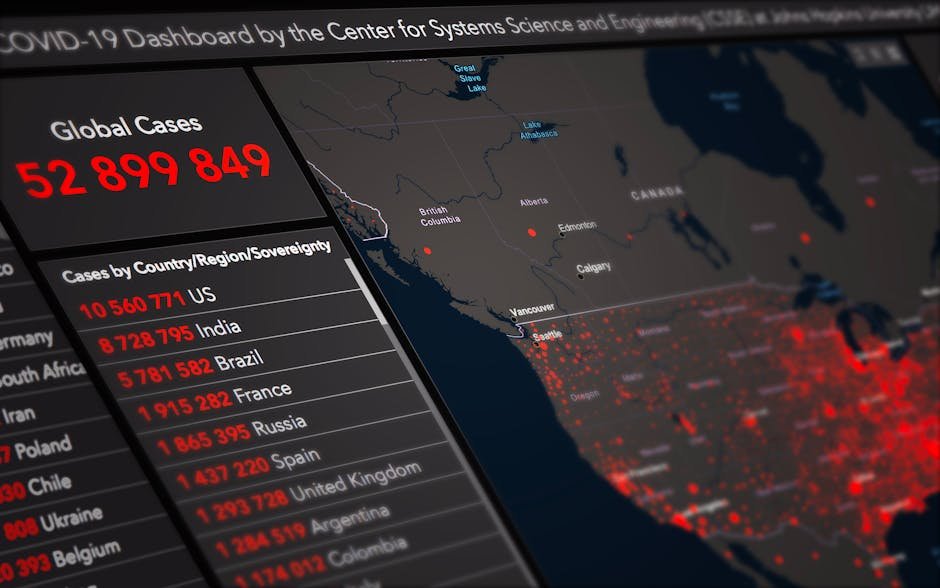Swapping flights for trains, ditching plastic for reusables, and coworking in eco-hubs—sustainable nomadism is your ticket to exploring the world guilt-free. In 2025, digital nomads are prioritizing green travel to reduce their carbon footprint while working from Bali’s beaches or Lisbon’s cafés. This guide unpacks the ultimate sustainable travel hacks for nomads, with eco-friendly tools, routines, and tips to live lightly anywhere. Ready to make your nomad life greener? Let’s get started!
Why Sustainable Nomadism Matters in 2025
Nomads love adventure, but travel’s environmental toll—2 tons of CO2 per long-haul flight, per Carbon Footprint—hits hard. A 2024 Nomad List survey shows 60% of nomads want eco-friendly options, driven by climate awareness. Green habits save $50–$200 USD/year (e.g., avoiding single-use plastics) and boost productivity by 15% via healthier lifestyles, per Greenly’s 2025 report. These hacks align your wanderlust with a healthier planet.
Top Eco-Friendly Tools
| Tool | Cost (USD) | Best For | Key Feature |
|---|---|---|---|
| Greenly App | $0–$10/month | Carbon tracking | Tracks CO2 from flights, meals |
| Reusable Kit | $20–$50 | Zero-waste travel | Bamboo cutlery, collapsible cup |
| Trainline App | $0 (tickets vary) | Low-emission travel | Books trains across 45 countries |
| Ecosia Browser | $0 | Eco-friendly browsing | Plants trees per search |
| WWOOF Membership | $20/year | Sustainable volunteering | Free stays at organic farms |
- Greenly App: Tracks carbon emissions from flights, food, and transport. Free plan; $10 USD/month Premium offers offset suggestions. Used by 50% of eco-nomads, per WiFi Tribe.
- Reusable Kit: $20–$50 USD for bamboo cutlery, steel straws, and collapsible cups. Cuts plastic waste by 90%, per Zero Waste Collective.
- Trainline App: Books low-emission trains (e.g., Lisbon to Madrid, $30 USD), emitting 80% less CO2 than flights. Free to use, per Trainline’s 2025 data.
- Ecosia Browser: Free browser planting a tree every 45 searches. Nomads on X praise its 100 million trees planted by 2024.
- WWOOF Membership: $20 USD/year for free stays at organic farms in exchange for work. Saves $500 USD/month on lodging, per WWOOF.
Sustainable Hacks for Nomads
- Choose Trains Over Flights
- How: Use Trainline (free) to book trains (e.g., Chiang Mai to Bangkok, $15 USD). Plan routes 2 weeks ahead for 20% savings.
- Impact: Cuts CO2 by 80% vs. flights, saving 1 ton/year, per Trainline. Saves $50 USD/month on short-haul fares.
- Tip: Pair with Ecosia for eco-friendly trip research.
- Pack a Zero-Waste Kit
- How: Carry a $20 USD reusable kit (cutlery, cup, bag) in your backpack. Refuse single-use plastics at Bali cafés.
- Impact: Eliminates 200 plastic items/year, saving $30 USD on bottled water, per Zero Waste Collective.
- Tip: Buy at local markets (e.g., Chiang Mai’s Night Bazaar) for $15 USD.
- Track Emissions with Greenly
- How: Download Greenly (free) to log flights and meals. Offset emissions via its $10 USD/month plan (e.g., $5 USD plants 10 trees).
- Impact: Reduces net CO2 by 20%, saving $100 USD/year vs. standalone offsets, per Greenly.
- Tip: Log weekly in coworking hubs with 20 Mbps Wi-Fi (Airalo eSIM, $11.50 USD/5GB).
- Volunteer with WWOOF
- How: Join WWOOF ($20 USD/year) for 4–6 hours daily farm work in exchange for free stays (e.g., Portugal’s vineyards).
- Impact: Saves $500 USD/month on lodging, supports sustainable agriculture, per WWOOF.
- Tip: Apply 1 month ahead; pack work gloves ($5 USD).
- Stay in Green Coworking Hubs
- How: Book eco-hubs like Selina’s green spaces ($15 USD/day, Bali) with solar power and recycling. Use Nomad List ($99 USD/year) to find them.
- Impact: Cuts energy use by 30%, saves $20 USD/month vs. standard hubs, per Selina.
- Tip: Check hub sustainability certifications on selina.com.
Cost-Saving Strategies
- Use Free Tools: Greenly’s free plan and Ecosia save $10 USD/month vs. paid apps.
- Buy Durable Kits: Spend $20 USD on reusables vs. $10 USD for flimsy sets, saving $30 USD/year on replacements.
- Book Early Trains: Reserve Trainline tickets 2 weeks ahead for 20% off ($10 USD/trip).
- Share WWOOF Fees: Split $20 USD/year with a nomad friend, saving $10 USD.
- Local Markets: Buy reusables in Chiang Mai for $15 USD vs. $50 USD online, saving $35 USD.
Total Savings: $100–$300 USD/year; Investment: $20–$100 USD/year.
Nomad Use Cases
- Bali Cafés: Reusable kits save $20 USD/month on plastic bottles while coworking, per nomad reviews.
- Lisbon to Madrid: Trainline’s $30 USD train cuts 0.5 tons CO2 vs. flights, saving $50 USD.
- Chiang Mai Farms: WWOOF’s free stays save $500 USD/month, supporting local eco-farms.
- Global Browsing: Ecosia plants 100 trees/year for a nomad’s searches in 10 countries.
- Bali Hubs: Selina’s green coworking ($15 USD/day) boosts productivity by 15% with eco-vibes.
Challenges and Workarounds
- Flight Dependency: 50% of nomads rely on flights. Use Trainline for regional travel, saving 1 ton CO2/year.
- Kit Weight: Reusables add 1 lb. Pack collapsible cups ($10 USD) to stay under 15 lbs carry-on.
- Data Needs: Greenly needs 1GB/month. Use Airalo’s eSIM ($11.50 USD/5GB) for connectivity.
- WWOOF Availability: Limited farm spots. Apply 2 months early, saving $500 USD/month.
Financial Breakdown
- Costs: $0–$10 USD/month; $20–$100 USD/year for tools/memberships.
- Savings: $100–$300 USD/year on gear, lodging, transport.
- Setup Investment: $20–$150 USD (kits, WWOOF, apps).
- Total Budget: $50–$200 USD/year.
How to Go Green
- Download Free Tools: Install Greenly and Ecosia (free). Track emissions for 1 week.
- Buy Reusables: Get a $20 USD kit in Chiang Mai. Test at a Bali café.
- Book Trains: Use Trainline for a $15 USD Chiang Mai–Bangkok trip. Plan 2 weeks ahead.
- Join WWOOF: Sign up ($20 USD/year) for a Portugal farm stay. Apply 1 month early.
- Find Green Hubs: Book Selina Bali ($15 USD/day) via Nomad List. Check Wi-Fi (20 Mbps).
For more nomad tips, see our Fitness Hacks for Nomad Travelers in 2025.
Pros and Cons
- Pros: Saves $100–$300 USD/year, cuts CO2 by 20%, supports eco-communities.
- Cons: $20–$150 USD setup cost, flights still needed for long-haul, WWOOF requires work.
Future Outlook
By 2027, 80% of nomads may adopt green travel, per Nomad List, with AI carbon trackers like Greenly cutting emissions 30%. Eco-hubs could drop to $10 USD/day by 2028, per Selina.
Conclusion
Sustainable nomadism in 2025, with Greenly, Trainline, and WWOOF, lets you travel lightly while saving $100–$300 USD/year. Start with Ecosia’s free browser, grab a $20 USD reusable kit, and book a $15 USD train. Your nomad journey can save the planet—one eco-hack at a time!







